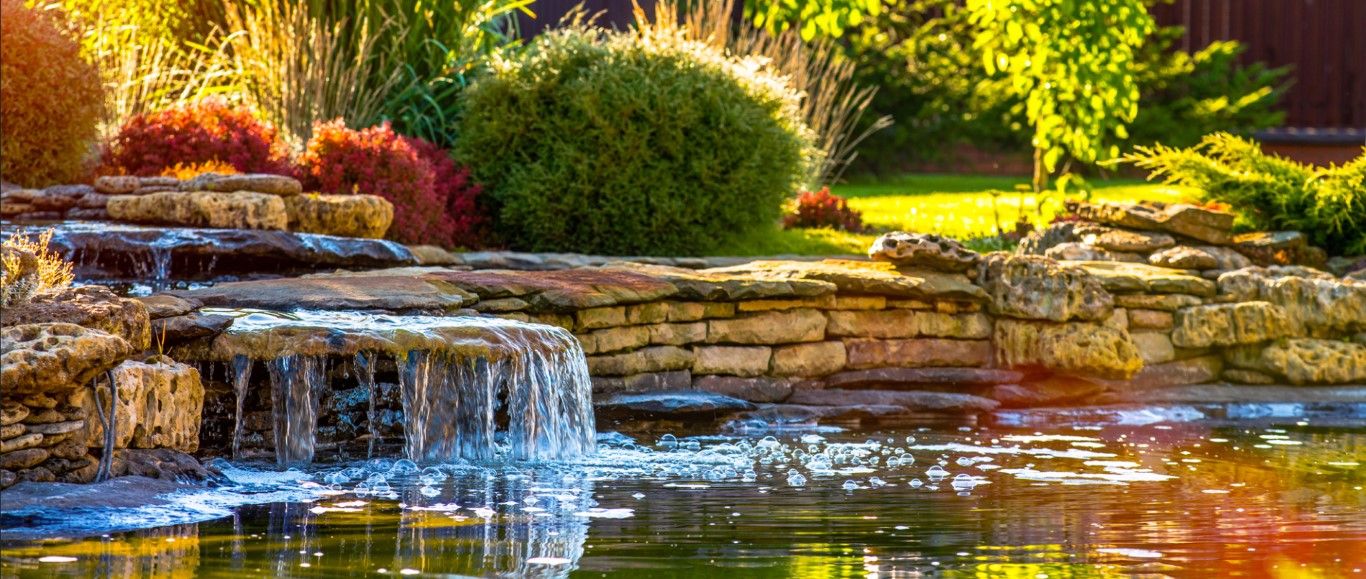Creating a Zen Garden: A Pathway to Serenity in Your Own Backyard
How to Create a Zen Garden: A Pathway to Serenity in Your Own Backyard
Zen gardens, known as karesansui, emerged from Japan's Buddhist traditions. They offer a refuge, a place of quiet contemplation, and an opportunity to experience a unique form of meditative peace right in your backyard. In this guide, we will walk you through the steps to create your own Zen oasis.
1. Site Selection and Preparation
Firstly, choose a flat, out-of-the-way corner or narrow side yard that is suitable to build a comfortable area for meditation [2]. For a small property, a 3.5m by 5.5m rectangle may be appropriate, but the size can vary depending on your preference and available space. Remember, sunlight requirements factor into your site selection if you plan on incorporating plants in your Zen garden. The traditional Zen garden focuses on dry landscapes with a few plants, but there are many variations where plants can play a more prominent role [1][2].
2. Draw a Design
Sketch out your garden space, visualizing the placement of every element. Zen gardens are structured around seven guiding principles: austerity, simplicity, naturalness, asymmetry, mystery or subtlety, the magical or unconventional, and stillness [2]. Your sketch should reflect these principles and offer a map to your finished space.
3. Selecting Your Elements
At the core of Zen gardens are rocks, white gravel, and minimalist plantings. Larger rocks act as sculptural elements symbolizing eternity and enduring elements in nature. These should be placed first as they are the heaviest material and primary features. The white gravel carefully raked into patterns, represents water, while the sparse plantings represent elements of nature [1][2].
4. Install Your Elements
Start by installing larger rocks and follow it with the spreading of white gravel. Use a wooden Zen rake to create the ripples in the gravel, symbolizing the ocean waves. Be flexible and creative; for instance, you can use shrub topiaries pruned meticulously to represent islands [1].
5. Consider Additional Features
While traditional Zen gardens are minimalist, you can consider incorporating additional features such as a stepping stone pathway, a water feature, or even a symbolic bridge. Remember, every element must be in scale with the size of your garden, and simplicity is key to maintaining a calming environment [3].
6. Maintenance
Lastly, Zen gardens require a considerable amount of maintenance. Raking the gravel to maintain the ripple patterns, pruning any plantings to ensure they remain tidy and understated, and regular cleaning of any additional features is crucial to maintaining your Zen garden.
Creating a Zen garden is a meaningful journey, one that extends beyond the physical construction and deep into the realms of meditation and self-reflection. Whether you use it as a space to meditate, to unwind after a long day, or simply as an aesthetic feature, the Zen garden can provide a sanctuary of peace and tranquillity right in your backyard.
Regular Meditation and Use:
The purpose of a Zen garden is not just to serve as a beautiful aspect of your home but also as a functional space for mindfulness and meditation. Regularly spending time in your Zen garden, whether it is by raking the gravel, pruning the plants, or simply sitting quietly, can significantly improve your mental well-being. Make it a point to spend at least a few minutes each day in your Zen garden, allowing the tranquillity of the space to soothe your mind [4].
The Cycle of Seasonal Change:
A Zen garden is a living landscape that changes with the seasons, reflecting the impermanence of life - an essential concept in Buddhism. As the seasons change, so should your garden. This might mean adding or replacing plantings, raking the gravel into new patterns, or adding seasonal elements like a small lantern in winter or a cherry blossom branch in spring [4].
The Process as Meditation:
Creating and maintaining a Zen garden is not only about the end result. The process itself is a form of meditation. The act of raking the gravel, pruning the plants, or rearranging the rocks can be done mindfully, turning these tasks into a meditation in and of themselves. This practice will help you to stay present and focused, enriching the overall Zen garden experience [5].
Reflecting Your Inner World:
A Zen garden is deeply personal. It should reflect your inner world and provide a space that brings you peace. You can incorporate elements that are significant to you personally, as long as they adhere to the principles of Zen aesthetics. For example, if a particular rock or plant brings you peace, incorporate it. Your garden should be a reflection of your inner self, providing you with a place to introspect and contemplate [6].
In summary, creating a Zen garden is more than just designing a beautiful space. It's about the journey of introspection, mindfulness, and deep connection with nature. Take your time and enjoy the process - the peace and serenity you'll find within this space are well worth the effort.
Sources:
[1] Bibhash, P. (2018). How to Create a Zen Garden. [2] Manohar, P. (2016). Seven Principles of Zen Aesthetics. [3] Suzuki, D. (1957). Zen and Japanese Culture. [4] Keane, M.P. (2019). Japanese Garden Design. [5] Kapleau, P. (1965). The Three Pillars of Zen. [6] Arai, A. (2011). Bringing Zen Home.
If you enjoyed this guide, you may also enjoy:



